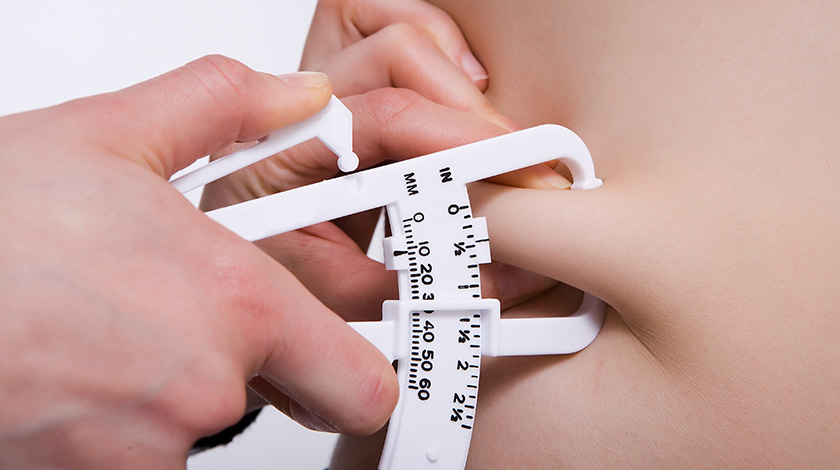Jumping on a bathroom scale is no longer the best way to track your optimum health and fitness levels. Those who are watching their weight have long obsessed over the body mass index (BMI), but it is time to start tracking your body fat percentage instead.
Saying goodbye to BMI
It should be known that muscle is denser than fat and weighs twice as much. Therefore, this explains why the BMI score may not be the most accurate for those who are physically active and have a higher muscle mass.
Moreover, experts believe that the BMI index can be a false health indicator as someone who is slim can still have high body-fat content and unaware of the risk of cardiovascular disease.
How to calculate body fat
Unlike the traditional BMI method that is based on calculations of body weight and height, the body fat percentage measurement is based on a range of methods from the clinical-based hydrostatic test to the Caliper test at the gym and the home-use body fat scale. A healthy body fat percentage falls between 25 to 32%, while 33% or more is overweight.1
It must be noted that physiological differences predispose women to a higher percentage of body fat, while the ideal percentage also differs by age. Therefore, fitness experts recommend that women pay attention to where their fat is stored. For example, abdominal fat is bad and a sign of metabolic syndrome including heart disease.
How much body fat is ideal?2
| Age(years) | Body fat (%) | |
| Men | Women | |
| 20 | 8.5 | 17.7 |
| 25 | 10.5 | 18.4 |
| 30 | 12.7 | 19.3 |
| 35 | 13.7 | 21.5 |
| 40 | 15.3 | 22.2 |
| 45 | 16.4 | 22.9 |
| 50 | 18.9 | 25.2 |
| 55 | 20.9 | 26.3 |
Sources:
© Cigna Healthcare 2023
Information provided in this article is intended for health and fitness purposes only and is not intended for use in the diagnosis of disease or other conditions, or in the cure, mitigation, treatment or prevention of disease (see Terms & Conditions for details). Any health-related information found in this article is available only for your interest and should not be treated as medical advice. Users should seek any medical advice from a physician, especially before self-diagnosing any ailment or embarking on any new lifestyle or exercise regime. Any information contained in this article may not be suitable, accurate, complete or reliable. Cigna Healthcare accepts no responsibility for the content or accuracy of information contained on external websites or resources, or for the security and safety of using them. "Cigna Healthcare" and the "Tree of Life" logo are registered trademarks of Cigna Intellectual Property, Inc. in the United States and elsewhere, licensed for use. All products and services are provided by or through operating subsidiaries, and not by The Cigna Group.




